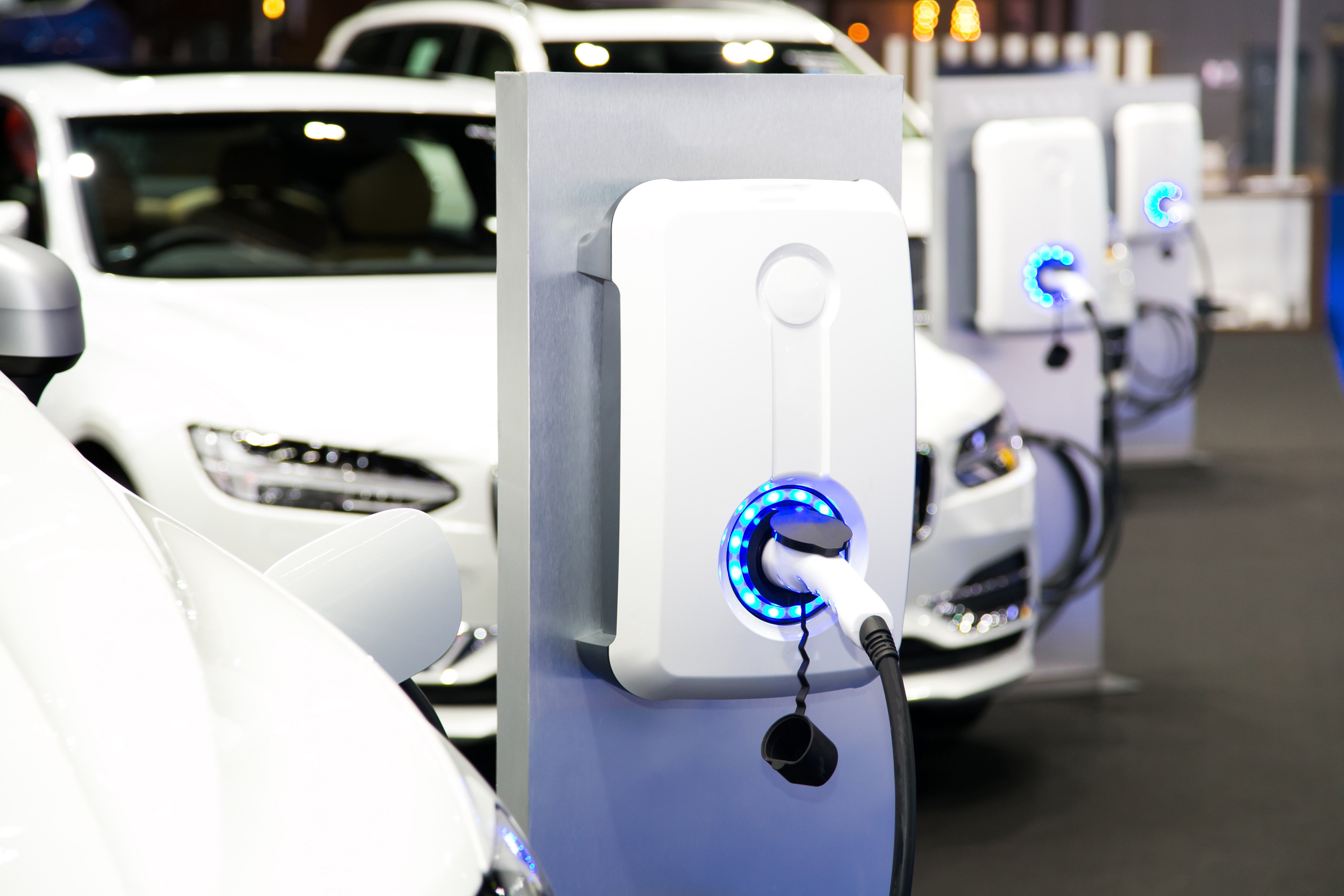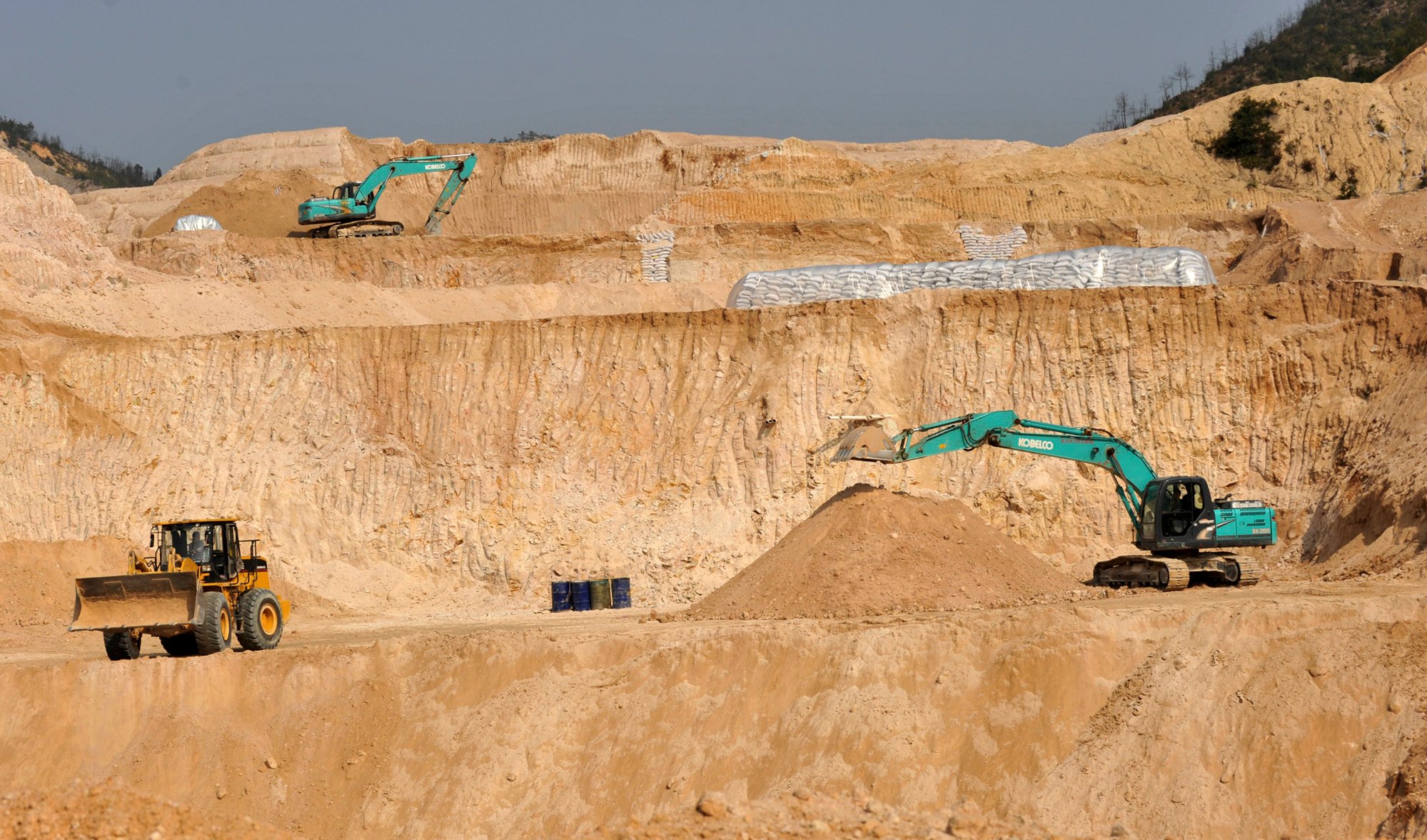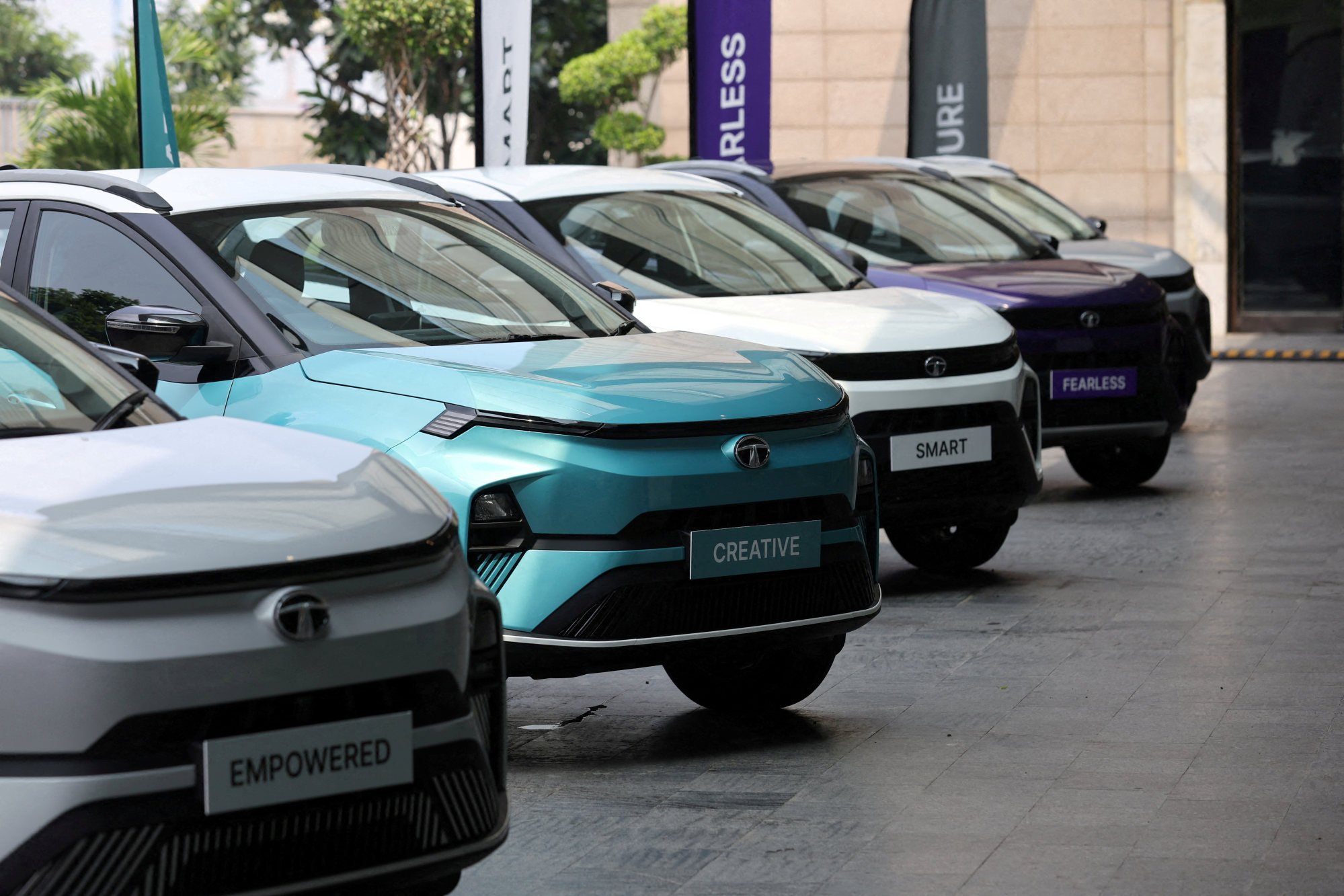India’s EV drive risks stalling as China tightens grip on rare earth exports
Experts have urged India to explore innovative solutions to skirt the curbs, from e-waste recycling to extracting rare earths from oil wells

India’s fast-growing electric vehicle industry is facing renewed uncertainty after China, the global leader in EV components and rare earth processing, imposed stringent export controls on critical minerals – a move analysts say exposes the South Asian nation’s deep reliance on Chinese supply chains and could derail its clean energy ambitions.
The restrictions, announced in early April by China’s Ministry of Commerce, target seven rare earth elements – samarium, gadolinium, terbium, dysprosium, lutetium, scandium, and yttrium. These minerals, vital for technologies ranging from electric motors to renewable energy systems and military-grade chipmaking, now require special export licences for shipment out of China.
China’s decision, widely seen as a response to US tariffs, adds a new layer to global geopolitical tensions, while highlighting the strategic importance of rare earths in the 21st century. Experts say rare earths could prove as transformative today as fossil fuels were in previous centuries for Western powers.
China dominates the rare earth market, controlling 63 per cent of global mining and 90 per cent of processing output. The fallout from its restrictions is expected to hit India’s fledgling EV industry hard, with disruptions in supply chains and rising costs.

India’s EV market, though growing rapidly, is still dwarfed by China’s. Despite possessing an estimated 6.9 million tonnes of rare earth reserves, India remains reliant on Chinese imports due to underdeveloped domestic extraction and processing capabilities. China’s advanced refining infrastructure and efficient supply chains have kept India dependent on these critical imports.
“China’s export restrictions on rare earth minerals, particularly rare earth magnets used in EV motors, are expected to create supply chain bottlenecks for India’s EV industry,” said Saket Mehra, partner and auto industry leader at market research firm Grant Thornton Bharat.
“The immediate impact includes production delays due to shortages of critical EV motor components, rising raw material costs, and a slowdown in R&D for advanced EV motor technologies.”
China processed more than 200,000 tonnes of rare earths in 2023, Mehra said, compared to the paltry 10,000 tonnes processed annually by India’s state-owned IREL – a gap that highlights the urgent need for India to modernise its refining capabilities.

India’s EV crossroads
India’s EV sector is no stranger to growing pains. While more than 1.9 million EVs were sold last year – a modest 3.6 per cent of domestic vehicle sales – almost all were powered by imported Chinese components. In 2024 alone, India imported an estimated US$7 billion worth of EV batteries and magnets from China.
India’s dependence on China was one of the key takeaways of the Economic Survey 2024–25, presented to parliament in January. “The import intensity of e-vehicle production – especially from countries with whom India has persistent and large trade deficits – is very high,” it said. The document called for urgent diversification of India’s sourcing and investment in domestic production.
“The extent to which electric mobility is incentivised in the short-run needs to keep this factor in mind … China commands a significant share of critical mineral processing and production globally,” it added.
Though China’s rare earth curbs do not specifically target India, the knock-on effects are likely to disrupt the supply of key EV components. Analysts agree that India must act swiftly to mitigate the impact.
China’s export restrictions have accelerated global efforts to find alternativesSaket Mehra, auto industry analyst
“China’s export restrictions have accelerated global efforts to find alternatives, including material substitution and recycling,” said Mehra of Grant Thornton Bharat. “While India is moving in the right direction, it needs significant investment in refining technology and policy reforms to become a reliable supplier. Without these, its reserves will remain underutilised.”
Other analysts agree that India must look beyond imports to secure the future of its domestic EV ecosystem.
“India is yet to explore innovative technologies like harvesting rare minerals like lithium from abandoned oil wells, which is proven effective in some countries. This has a huge potential,” said Sunit Roy, a retired petrochemist who formerly worked for the Oil and Natural Gas Corporation Limited, India’s largest fossil fuel explorer and producer.
Another promising avenue is e-waste recycling, which could help recover critical minerals domestically. However, India currently recycles only 22 per cent of the 62 million tonnes of e-waste it generates annually. “This is abysmal,” Roy said.
Unless action is taken soon to address challenges including funding shortages, inadequate infrastructure and allegations of impropriety among key players, India’s EV journey could reach a point of no return, he added.
The choices India makes now could determine whether its EV ambitions stall or accelerate. Without strategic investments and a shift towards self-reliance, analysts fear the country may struggle to keep pace in the clean energy revolution.